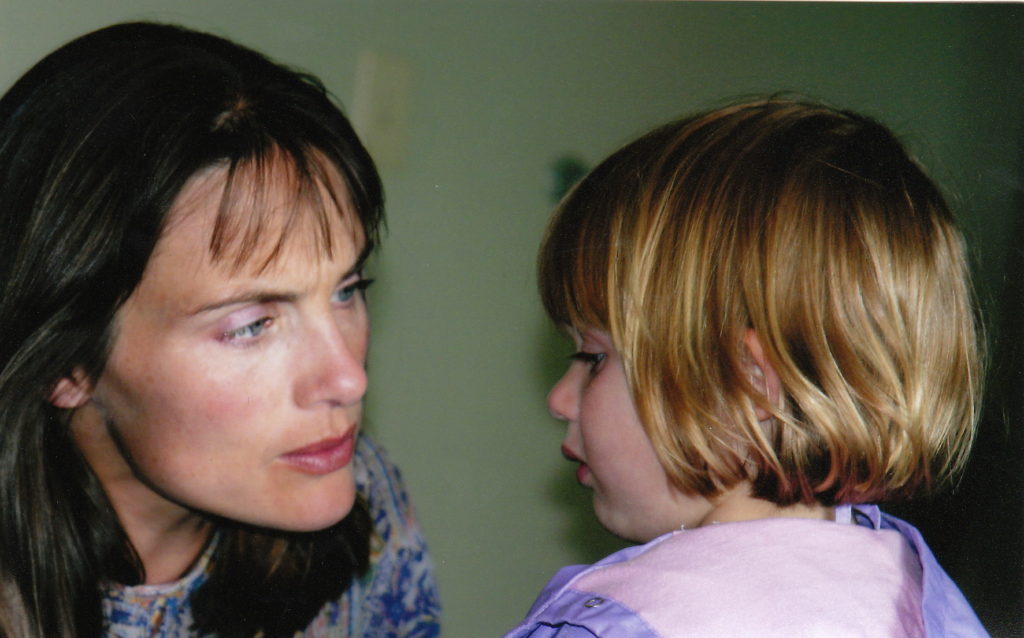In clinical settings, nightmares are rarely inquired about, and even less often treated directly. Evidence that this needs to change is mounting. On a more positive note, nightmare treatment research continues to advance – and a new method shows that adding sensory triggers can strengthen treatment effects.
Review finds nightmares may contribute broadly to mental illness
A recent review by Sheaves (2022) found that nightmares may contribute to the development of psychiatric illness rather than being merely a symptom. The paper concludes that nightmare treatment may be an avenue for reducing threat-based disorders in particular.
Thirty-five studies were assessed overall. Although most were not designed to test the effectiveness of nightmare treatment, the researchers were able to note moderate reductions in PTSD and depression post treatment, plus some reduction in anxiety and paranoia following direct treatment of nightmares. As well, while nightmares are known to increase suicide risk, two studies suggest nightmare treatment mitigates this risk.
The study has an interesting focus on network approaches to psychopathology — an interest in symptoms that account for comorbid diagnoses. For example, sleep disruption can lead to a variety of mental illnesses and thus is identified as a clinical priority.
Three Ways Nightmares Worsen Mental Health
The authors suggest nightmares generate anxiety and subsequent hyperarousal that may lead to more nightmares, a feedback loop that warrants greater clinical attention. Nightmares can also exacerbate negative mood due to their distressing content. And via yet another avenue, sleep disruption, nightmares can contribute to a range of mental health issues. While nightmares are typically associated with PTSD, half of patients with psychosis or dissociative disorders and a third of those with mood disorders also experience problematic nightmares.
This research adds to the growing base of evidence for the need to treat nightmares. The authors are suggesting here that nightmares may not be an isolated symptom, but a more of a global one, and also a causal factor in the exacerbation of many forms of mental illness. While it is difficult to tease apart what is causal and what is symptomatic, it’s clear that once nightmares become chronic, they tend to make matters worse in at least three ways: by creating anxiety that generates more nightmares, by disrupting sleep and the myriad repercussions from that, and also by adversely affecting mood, especially if the dreamer dwells on the negative content.
Nightmare treatments: Education, rescripting and now, music!
Nightmare treatment can also work along several avenues. Most treatments include some relaxation and educational components that can help assuage anxiety generated by nightmares. Sometimes simple things like letting dreamers know dream content is not literal and is often an intensified image of a situation that needs attention can bring a helpful shift in perspective. For example, dreaming of killing a parent who is angry might signify an empowered response, reflecting a desire to effectively stop the aggression. It does not indicate murderous intent!
Understanding metaphoric nature of dreams brings perspective
In my extensive work with nightmares, I see two main avenues of intervention. The first is to address the activation – in terms of the nervous system, to dissipate the sympathetic charge. Working with the dream material and making sense of it in terms of metaphor often brings a new perspective. If needed, offering information about the nature of dreaming itself often helps those whose dreams are filled with gruesome or horrific content to see that this is not reflective of their character or personality, but truly just the nature of dreaming during turbulent emotional times.
Once the dream feels more approachable, I work with the dreamer to find ways to dream it forward, first by finding allies or resources to draw upon, ideally from within the dream itself. Bolstered, the dreamers typically imagine a different way forward, one that feels better in their bodies. Often, elements of these more empowered dream stories find their way into subsequent dreams, rendering them less nightmarish. Often even recurrent nightmares change, and sometimes they simply stop.
Sound added to nightmare treatment a promising new avenue
Technological advances suggest that it is quite possible to intervene in a bad dream and shift its trajectory – from the outside as well as the inside. For example, a recent study showed that pairing a revised dream sequence with a specific sound (a piano chord), and then playing the sound every 10 seconds during the dream-rich REM phase of sleep, would help them recall the new and improved version of the dream. This worked!
Perogamvros and colleagues (2022) tried it on half of a 36-person sample. All were treated for nightmares for two weeks using Imagery Rehearsal Therapy and half had the sound added. While all experienced a reduction in nightmares, those with the addition of the piano music reported fewer nightmares and more positive dreams than the control group, and these significant shifts were still apparent three months later.
The researchers noted that it was not the sound itself, but the memory trigger that accounts for the difference. Other sounds, or smells may also work to remind the dreamer of the positive shifts they created during dream treatment. This is called ‘targeted memory activation’ (TMR), a method that has been shown to enhance memory consolidation during sleep.
For more on how to treat nightmares, we have a full-length course and a lecture on nightmares and the nervous system. Or check out my web site for many other posts on this topic.
Schwartz, S., Clerget, A., & Perogamvros, L. (2022). Enhancing imagery rehearsal therapy for nightmares with targeted memory reactivation. Current Biology, 32(22), 4808-4816.
Sheaves, B., Rek, S., & Freeman, D. (2022). Nightmares and psychiatric symptoms: A systematic review of longitudinal, experimental, and clinical trial studies. Clinical Psychology Review, 102241.








